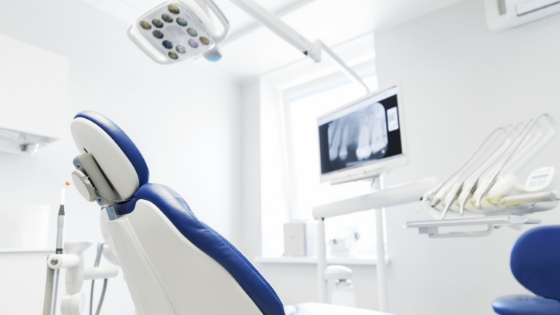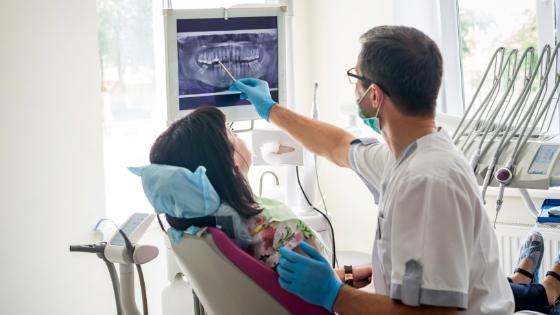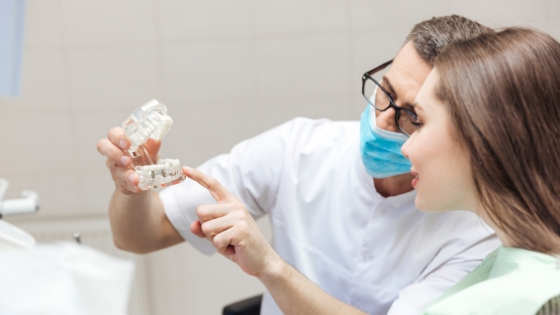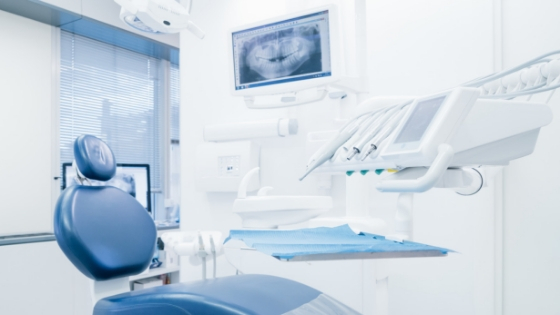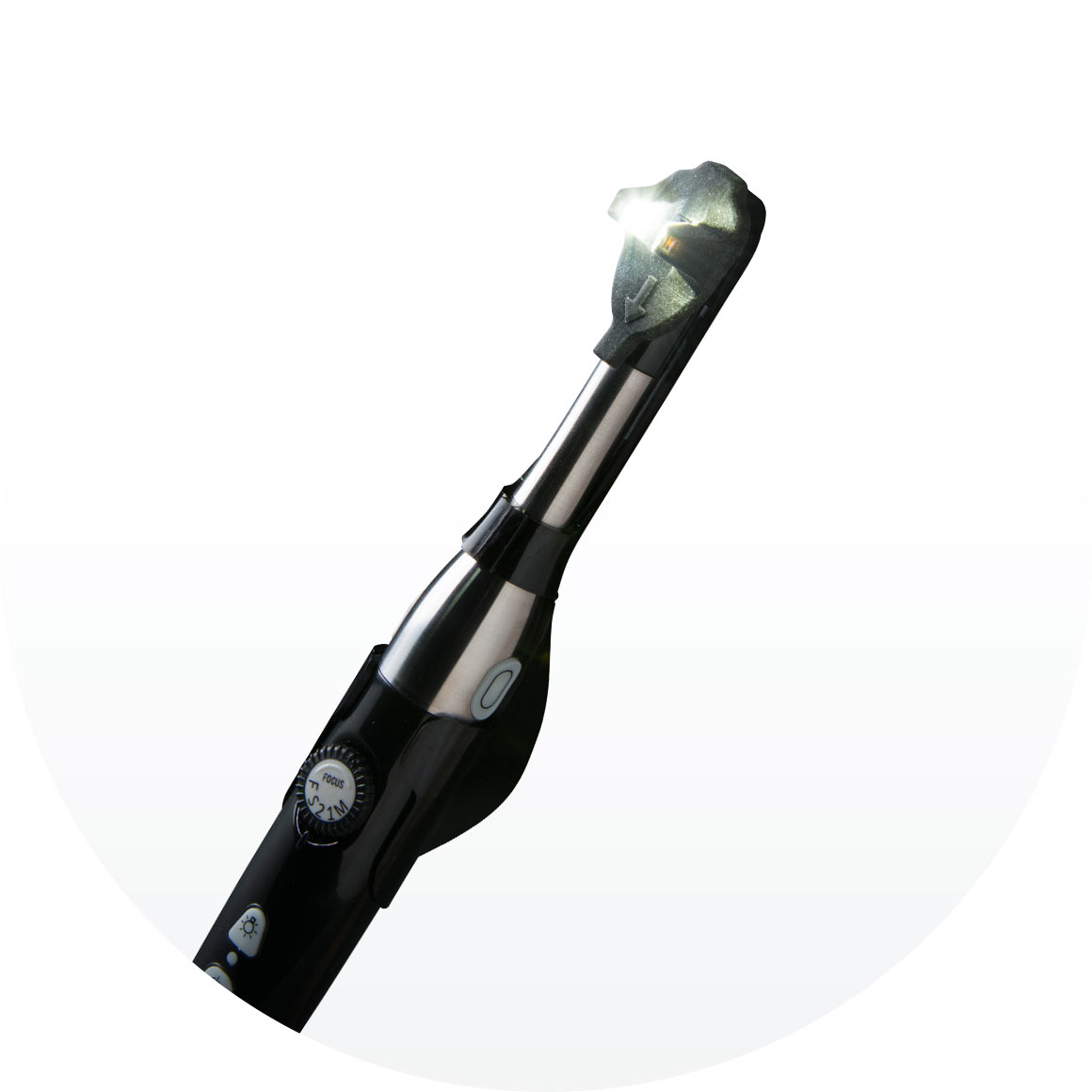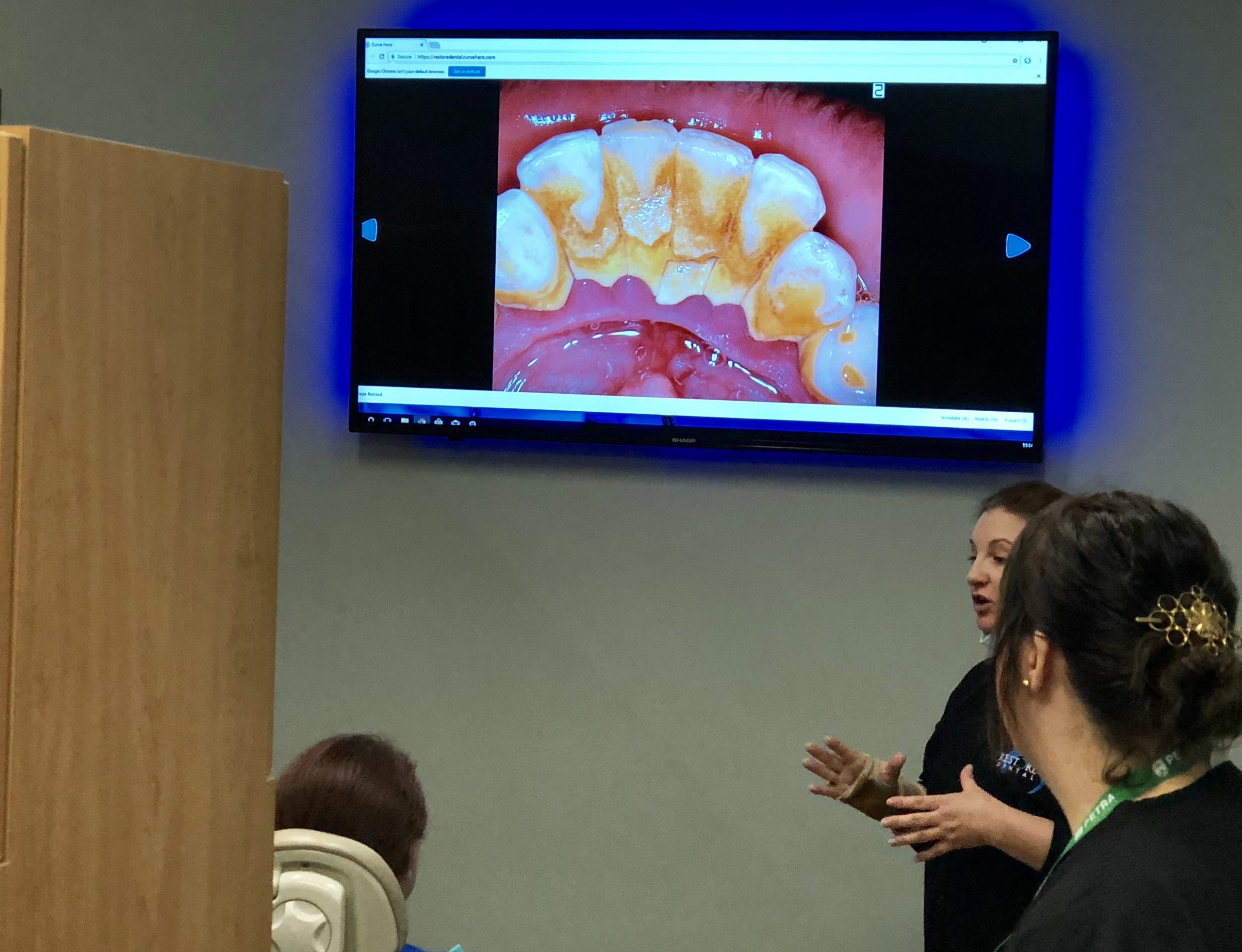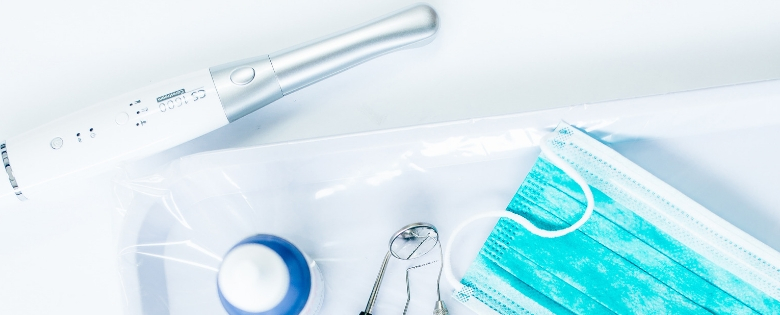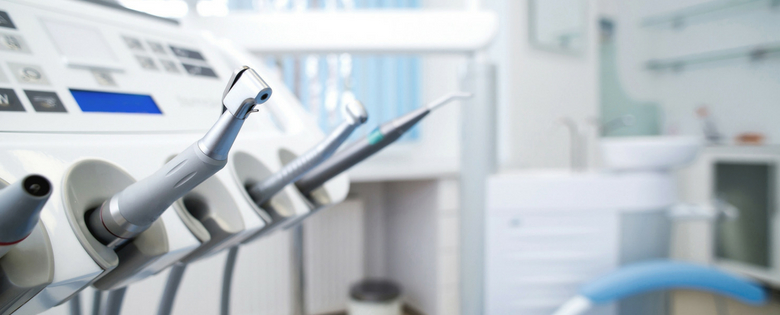The Future of Digital Dentistry
Digital dentistry is growing at a fast pace and there is more on the horizon. For dental practices, the developments in the digital dentistry sphere mean that offices must play catch up in order to enjoy the numerous benefits that come with digitizing. Here are some of the benefits that will keep getting better as the future of digital dentistry becomes a reality.
Improved Workflow with Digital Dentistry
Improved workflow already exists because of digitization in the dental office. For example, the advances in intraoral cameras like the IRIS USB 2.0 Dental Camera have triggered a shift to paperless dental offices. Images from the intraoral camera can be stored in a patient’s digital file directly using the dental office management software integration with the imaging technology.
Similarly, it’s now easier than ever to receive or send the patient’s records if the primary dental care provider changes. All this is possible thanks to digilization.
Faster Turnaround Times for Dental Patients
The future of digital dentistry will also see a further reduction in the turnaround time needed to provide various aspects of dental care, such as the fabrication of restorations (dental crowns, for example).
This is possible because the links between the fabricators and dental offices are stronger due to digitization. A clear example is the way you can transmit the images captured by the XTG Handheld X-Ray and IRIS Intraoral scanner directly to a fabricator instead of preparing and shipping the mold. This reduced turnaround time eliminates lengthy wait time for patients who need restorations.
Better Diagnosis with Digital Dentistry
Patient care largely depends on the ability of a dental office’s accurate diagnosis of each condition before treatment procedures can be initiated. The future of digital dentistry contains many areas of diagnostics. For example, caries detection is evolving rapidly. Already, sub-enamel illumination devices like LUM have made examing the mouth a breeze. It was nearly impossible to have a clear quality picture in previous years. Before the LUM, dentists would miss important clues that would help in diagnosing the patient.
Lower Costs for Your Practice with Digital Dentistry
The future of digital dentistry also holds promise regarding the costs of providing care to patients. For example, the use of intraoral scanners and cameras like the IRIS USB 2.0 Chair Dental Camera increases the accuracy of the dental restorations made. In addition, costly rework is avoided, and the savings made are transferred to the patient in the form of lower charges.
Furthermore, the future of digital dentistry will see more in-house fabrication of restorations rather than what is the current practice of sending models and any fabrication work to external entities. Fabricating in-house can lower costs because the markup, shipping and other costs associated with outsourcing are avoided.
3D printing technology is also becoming more readily available, and its cost is dropping fast. This has exciting prospects because “dental restorations on demand” will become commonplace once this technology matures.
Improve Communication with Digital Dentistry
Digital dentistry also promises to improve communication at different levels. For example, the IRIS Intraoral Camera for Mac and all the other intraoral cameras made by Digital Doc have made case presentation a breeze because a dentist can simply display the images on a large screen in an operatory. Patients see the problems their dentist is referring to, so it is easier for those patients to accept the treatment recommendations of the dentist.
In addition to that, digital dentistry also allows dental offices to send patients online reminders or notifications about appointments and other related issues. In the future, the applications of digital dentistry will expand even further as the dental practice management software is further exploited in the wake of all the technological developments in the industry.
As you can see, the future of digital dentistry is full of promise, and dentists can take a proactive approach in bringing all the advancing technology to their offices as and when such technologies can increase efficiency cost-effectively. Digital Doc is happily available to help out during your office’s transition process.


